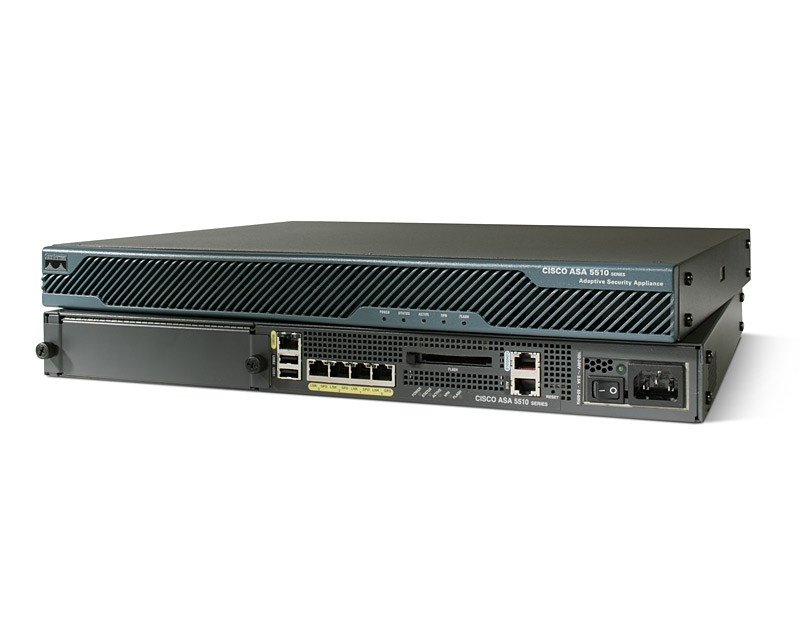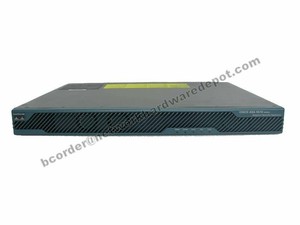


The L2 isn’t as full-featured or as flexible as, say, an $18,000 Omnia or a $12,000 Optimod (two hardware-based on-air processors widely used in big market radio), but it does a lot of the same work and does it well. The best-sounding radio stations, however, send all of their audio through several more stages of carefully set (and expensive) processing to get that big radio sound. Chances are, it may already have been mastered with some L2 (the plugin has been around for some time and is now an industry standard in recording studios).

In theory, professionally-mastered music is good to go right out of the box – it’s already been given all the processing and fine-tuning it needs to sound great on almost any playback device. Waves calls this particular sound “hot and pumpy.” I call it “awesome.” I tend to prefer a longer release time (somewhere in the vicinity of 100 ms), as that smooths out the sound and accentuates bass hits and other rhythm components – crucial elements in pop music. By tweaking the release settings of the L2 manually, you can subtly change your overall sound, depending on the style of music. Couple that with the ARC (automatic release control – this determines the best time to “release” the limiter function after it has caught a peak) and you’ve got the L2 – essentially a smart limiter (ah, the wonders of digital technology). Look-ahead peak limiting is what it sounds like: an algorithm continuously searches ahead on the incoming signal to determine how to maximize the average sound level without creating noticeable distortion. What the L2 does that fixes this problem is what’s called “look-ahead.”

If it a limiter is being overused, you’ll hear it pretty quickly and chances are, the result won’t sound great. They’re either “on” or “off.” Limiters are great for catching stray peaks, but should only be used sparingly. an instantaneous attack time) rather than reducing the amplitude of the signal that passes above the set threshold, they flatten everything above that threshold completely. Traditional limiters (also known as brickwalls) are basically compressors set to an infinite compression ratio and a hard knee (ie. But in reality, it’s much more than that. The L2 is, in its simplest form, a limiter. It’s full name is the Waves L2 Ultramaximizer, but since I’m pretty confident that that isn’t a real word, I’ll try to explain it a bit better. One of my favourite digital processors is the Waves L2.


 0 kommentar(er)
0 kommentar(er)
